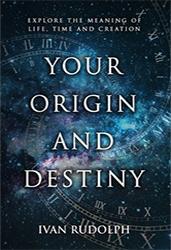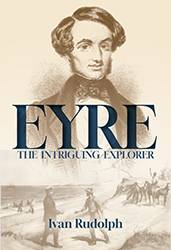Convicts 1833 to 1838
In common with many accounts of that era, Eyre does not give names or much detail regarding the particular convicts who served him, other than his brave overseer and friend John Baxter.
I included brief information in the text on James Hammett, the Tolpuddle Martyr, whose shiny grave is honoured with flowers every year while Eyre’s lies neglected and weathered. Hammett’s grave is certainly much more famous and, for political reasons, his life is celebrated more widely and regularly than Eyre’s.
After selling Woodlands, Eyre had the style of interaction with bureaucracy that irritated him. It began with a letter from the Colonial Secretary in Sydney October 1837, stating that because he was no longer a landowner, the convicts assigned to him would be removed. Eyre responded that the allocation of convicts to him had been because he owned stock, and still did, not because he owned land. In March 1838, the convicts were restored to his service! The fifteen names below, as best I could make them out, occurred on that letter, presumably being those of the convicts returned.
Denis Burne
J. C. Chandler (Mentioned by Alexander Mollison in his diary as being with Eyre during his overlanding to Melbourne)
John Doyles
Nick Galligan
William Green
James Grimshaw
Edward Jones
Joseph Jones Jnr
William McNamara
Alexi McKeown
John Ryan
John Salter
Samuel Sheldrake
Peter Smith
When Eyre planned his second overlanding to Adelaide taking sheep, he had to decide what to do with his assigned convicts. He was not allowed to take them to South Australia because it did not operate with convict labour and he intended settling there. Consequently, he tried to consign them to his friend Charles Ebden, acting as Ebden’s “agent” by writing a letter to the Police Magistrate in Melbourne on the 18th December 1838 to that effect. Whether this arrangement was allowed we do not know as most of the names passed out of known documentation, but by April 1839 already Sam Sheldrake had become coachman for a touring party that included Lady Jane Franklin. As this was only 4 months after Eyre’s letter, it is unlikely that Ebden was allowed to inherit all of Eyre’s men.
John Doyles, another of Eyre’s men, may have been apprehended for rape in 1840, but the culprit may simply have been another convict of the same name. For example, two John Doyles were transported to Australia as convicts per Lord Sidmouth in 1821.
Now for a conjecture: Eyre mentions that he paid ₤20 to help one of his convicts to bring out his wife. That convict was supervising the sheep on the overlanding to Melbourne in April 1837, by which time the ₤20 had been paid. It is possible that man was John Ryan, joined by his wife Nancy Ryan nee Lucas. As we see from the passage below, the dates and names would fit – and the ₤20 needed could have been to cover expenses beyond the “free passage” she had been granted:
Nancy Ryan (nee Lucas) was the wife of convict John Ryan who was transported in 1829. Nancy was one of 11 free women (along with their children) who sailed from Dublin on the Thomas Harrison to join their convict husbands in the Colony. These women were granted free passage and the Thomas Harrison arrived in Sydney on the 9th of June 1836.
Wives of convicts aboard the Thomas Harrison – T. Bryan & B. Garvey



